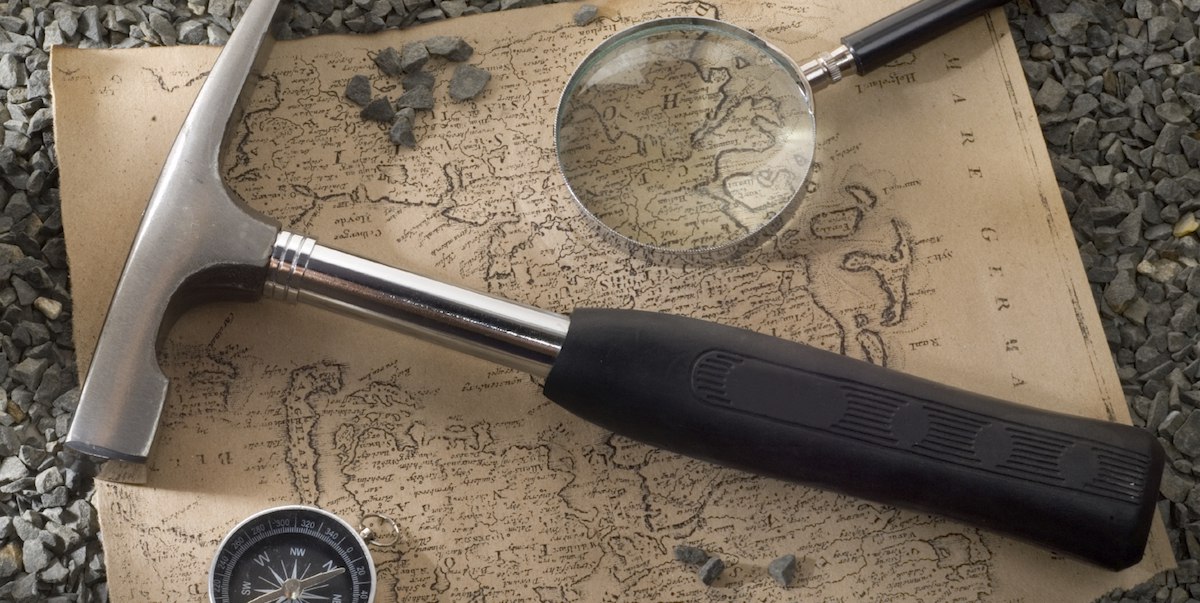In the most general terms, insurance archaeology is the digging up of old insurance coverages for customers, primarily businesses, whose historical insurance records may have been lost or destroyed. By piecing together a business’s historical insurance portfolio, insurance archaeologists help their clients understand the full extent and limits of their liability coverage.
Unexpected effects of certain types of products or businesses may not become apparent until years or even decades have passed. These can include both health and environmental problems. Regardless of how much time passes between exposure and its effects, companies’ liability for those effects does not lessen. Businesses purchase liability insurance to mitigate the financial effects of such problems, but over time, information about those coverages can disappear.
Furthermore, some state courts have ruled that policyholders who are liable for environmental damage are entitled to insurance coverage not only from the insurance policies in effect at the time the damage was discovered but also under every policy that was in effect while the damage occurred unnoticed. So when lawsuits come, these businesses need a complete understanding of what they are covered for, both currently and historically. Sometimes that information can be hard to find.
How Do Companies Lose Their Insurance Documentation?
Insurance policy information gets lost for many reasons. The policies we are referencing are “slip and fall” policies to follow the first use of General Liability coverage. Changes in policies, business relocations, mergers and acquisitions, and personnel changes can let some paperwork fall through the proverbial cracks. Bundled insurance packages may include coverages that a company might not realize they paid for. Purging of tax paperwork might mean the loss of old insurance information, too, as companies get rid of decades-old documents they feel they no longer need.
Mergers and acquisitions within the insurance industry itself can also muddy the waters as coverages are tweaked, brokers come and go, and company names change. Insurance archaeology is all about digging through these changes to find what coverages were in place when, and which coverages are still in effect.
Who Uses Insurance Archaeology?
The obvious need for insurance archaeology comes when there is a lawsuit for a long-hidden effect. This might bring to mind a number of high-profile lawsuits around products like asbestos, thalidomide, and L-tryptophan, but any number of smaller and less life-threatening long-term effects may be involved. A business facing such a lawsuit may rely on insurance archaeology to understand the full extent of its financial liability and what policies it had in place sometimes decades into the past.
Industrial real estate sales, too, are a common beneficiary of insurance archaeology. Environmental studies can reveal contamination left behind by previous businesses, such as dry cleaners and factories. In such cases, insurance archaeology doesn’t focus on the liability coverage of a single business but on the historical insurance coverage of a plot of land. Previous owners may be liable for contamination, so current sellers need to understand not only their own historical insurance portfolio, but the policies of those businesses that used the land before them.
Insurance archaeology may uncover old policies that could pay for the costs of the environmental study, site cleanup, or legal settlements that the company might otherwise be responsible for.
America is a litigious country. Sometimes it seems like the “right to sue” is one of our most exercised rights. Class-action lawsuits are proliferating, and courts are awarding ever larger settlements. Businesses purchase liability insurance to provide financial protection against such lawsuits. Insurance archaeology is the means for uncovering the extent of that protection and putting it to work.




